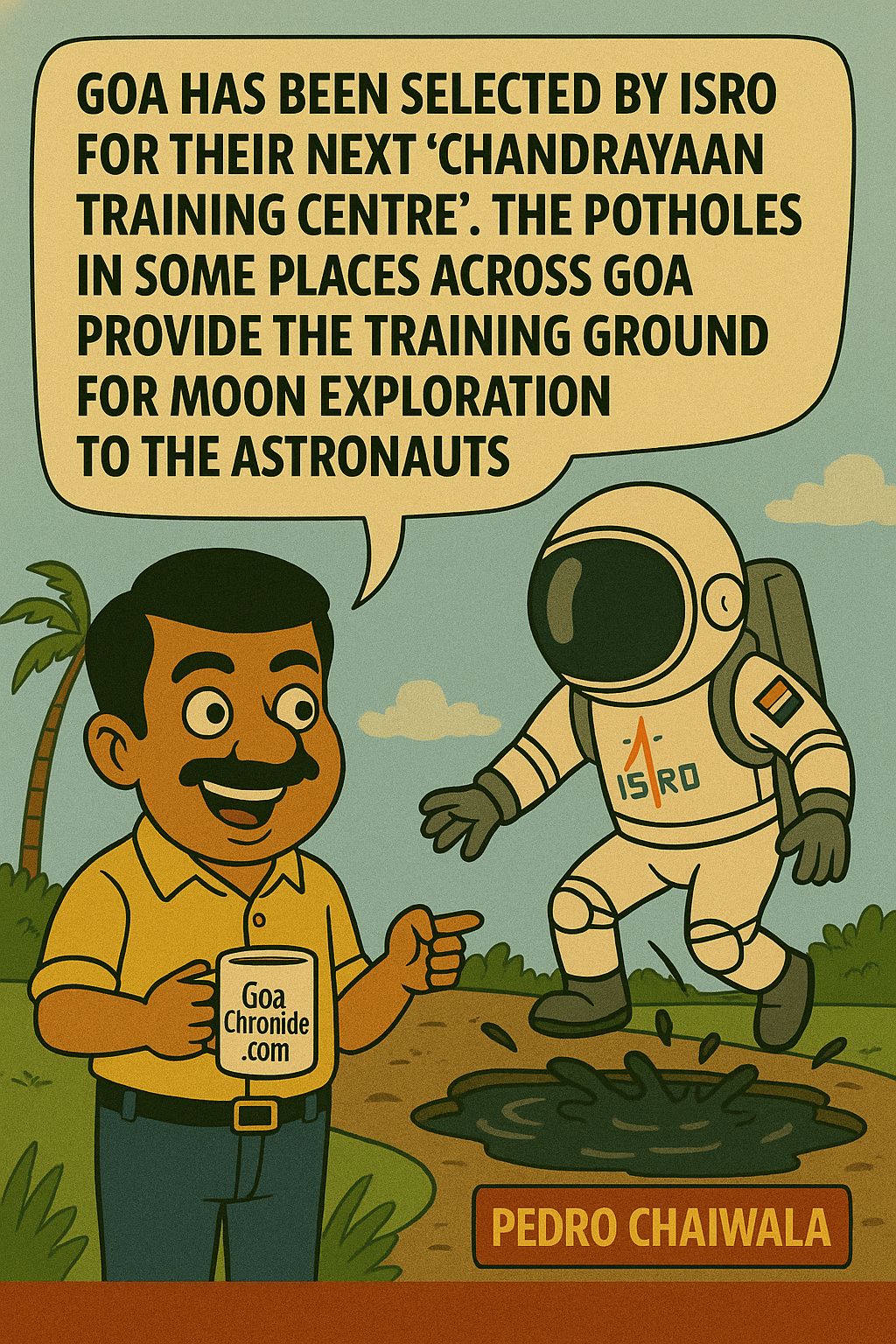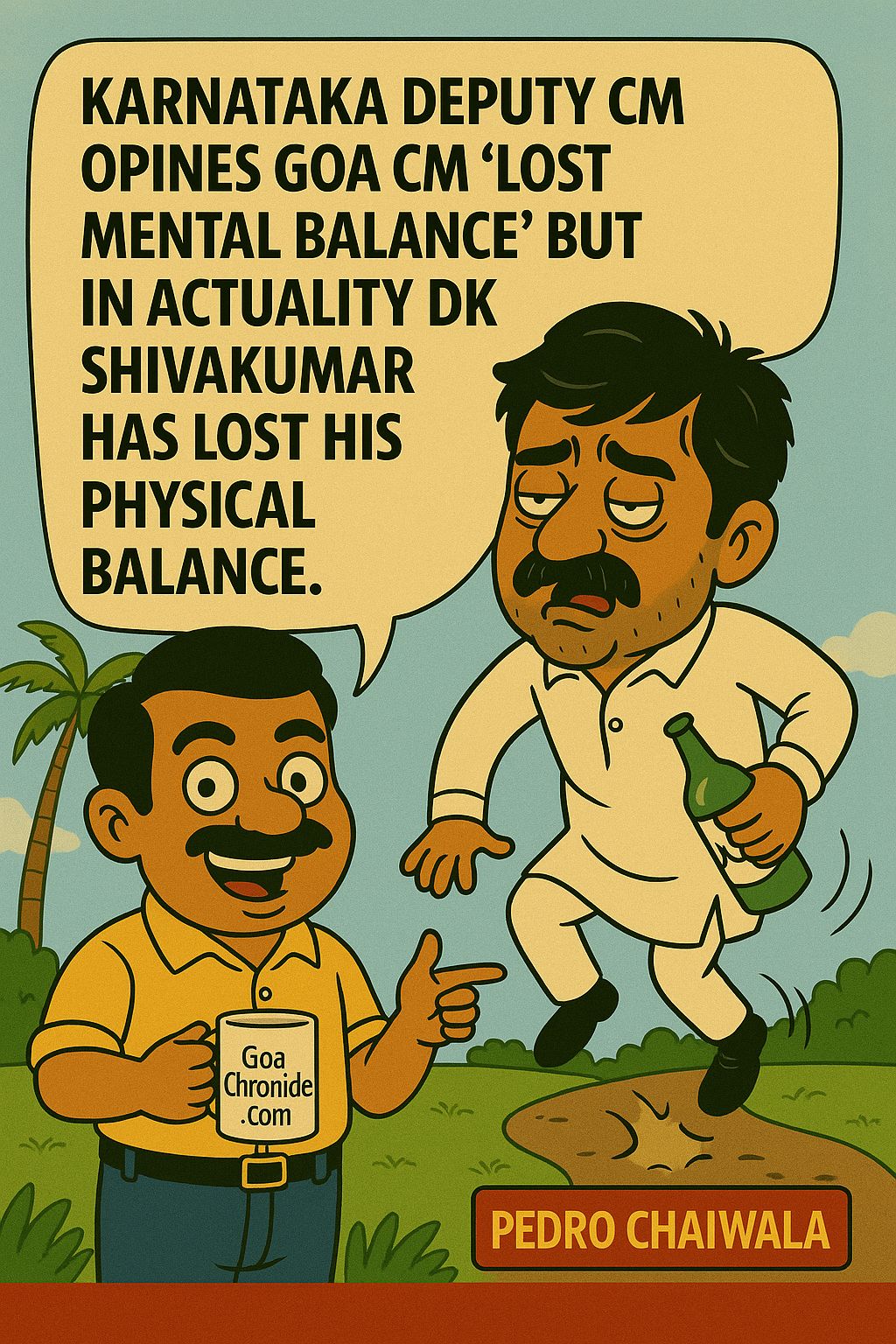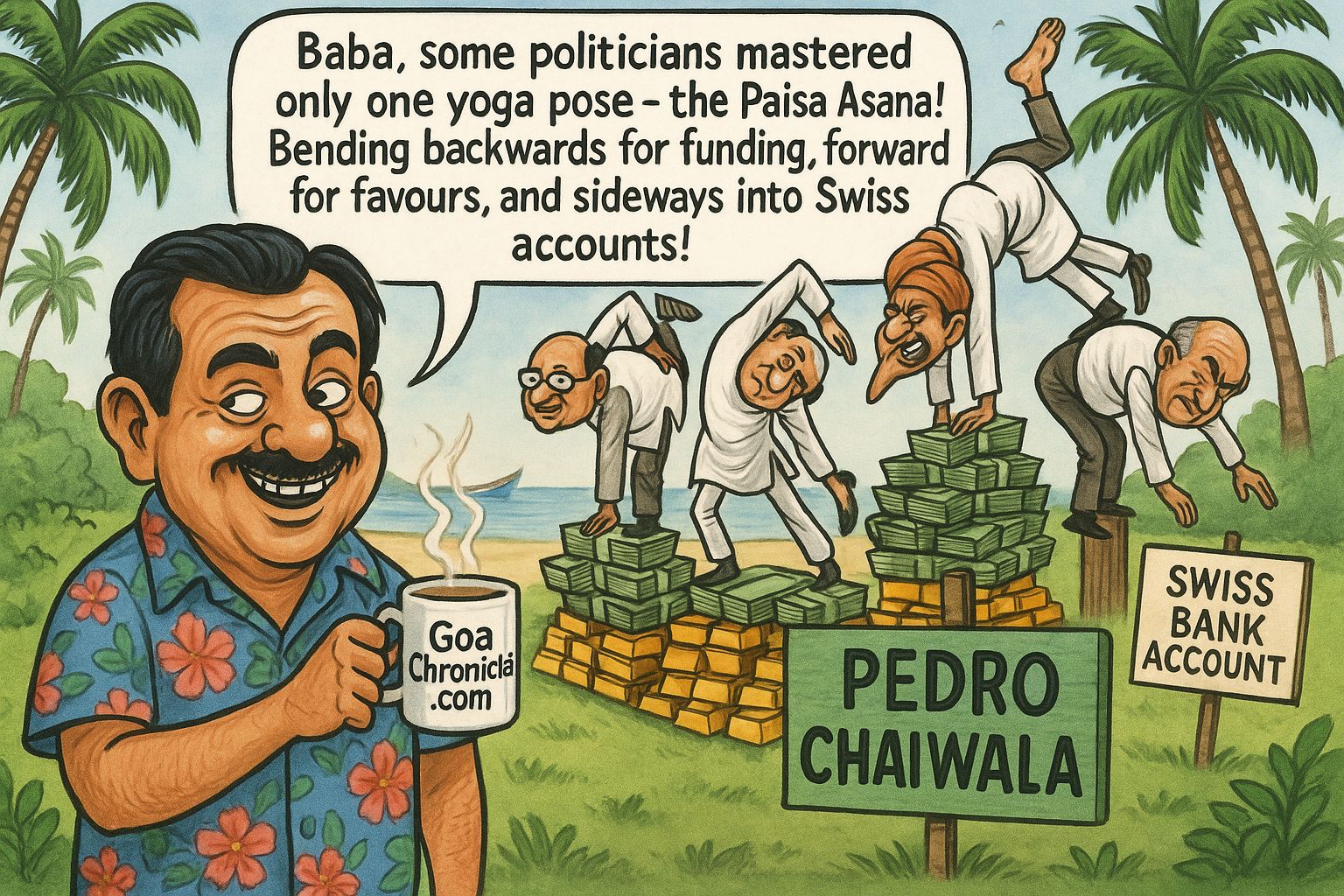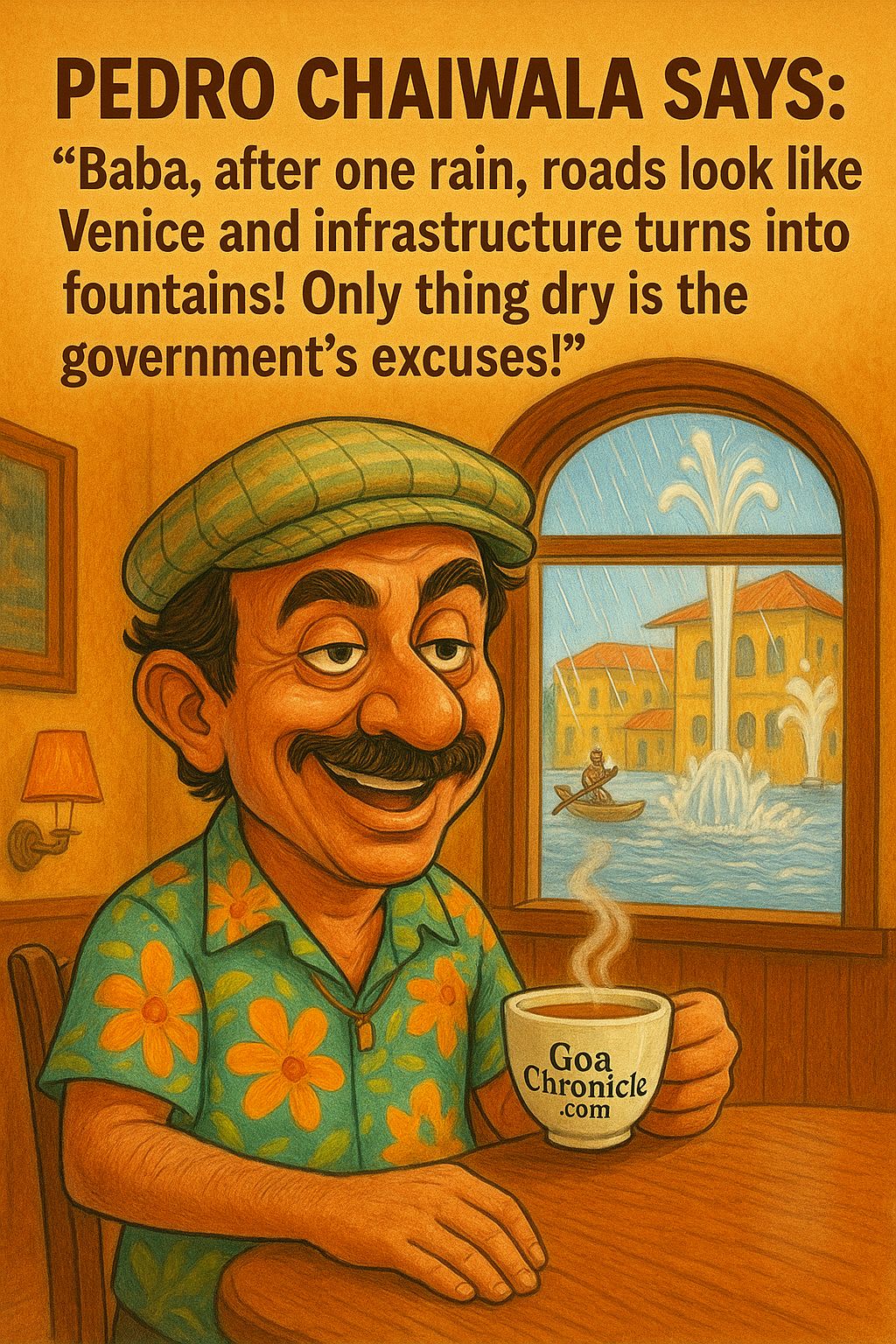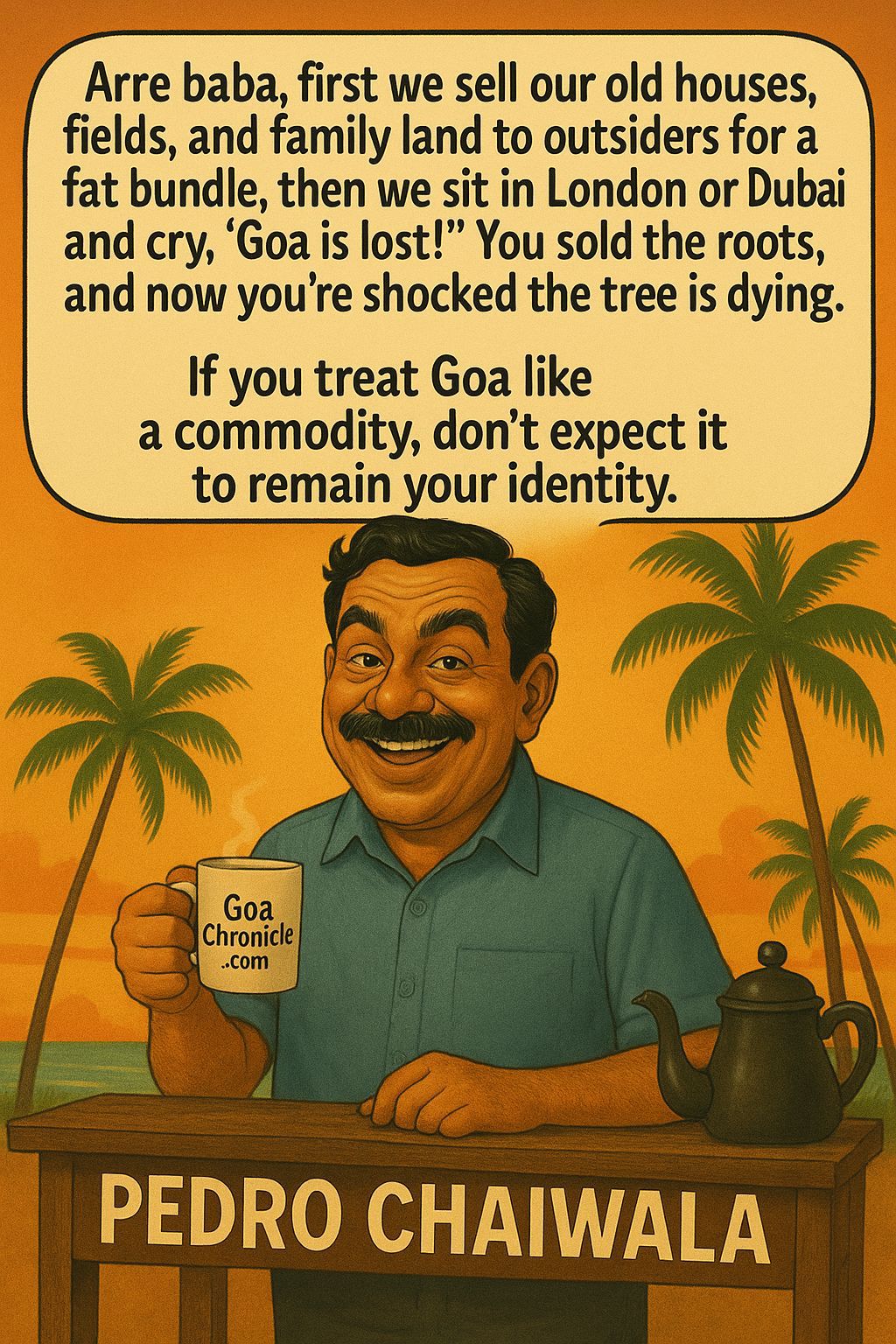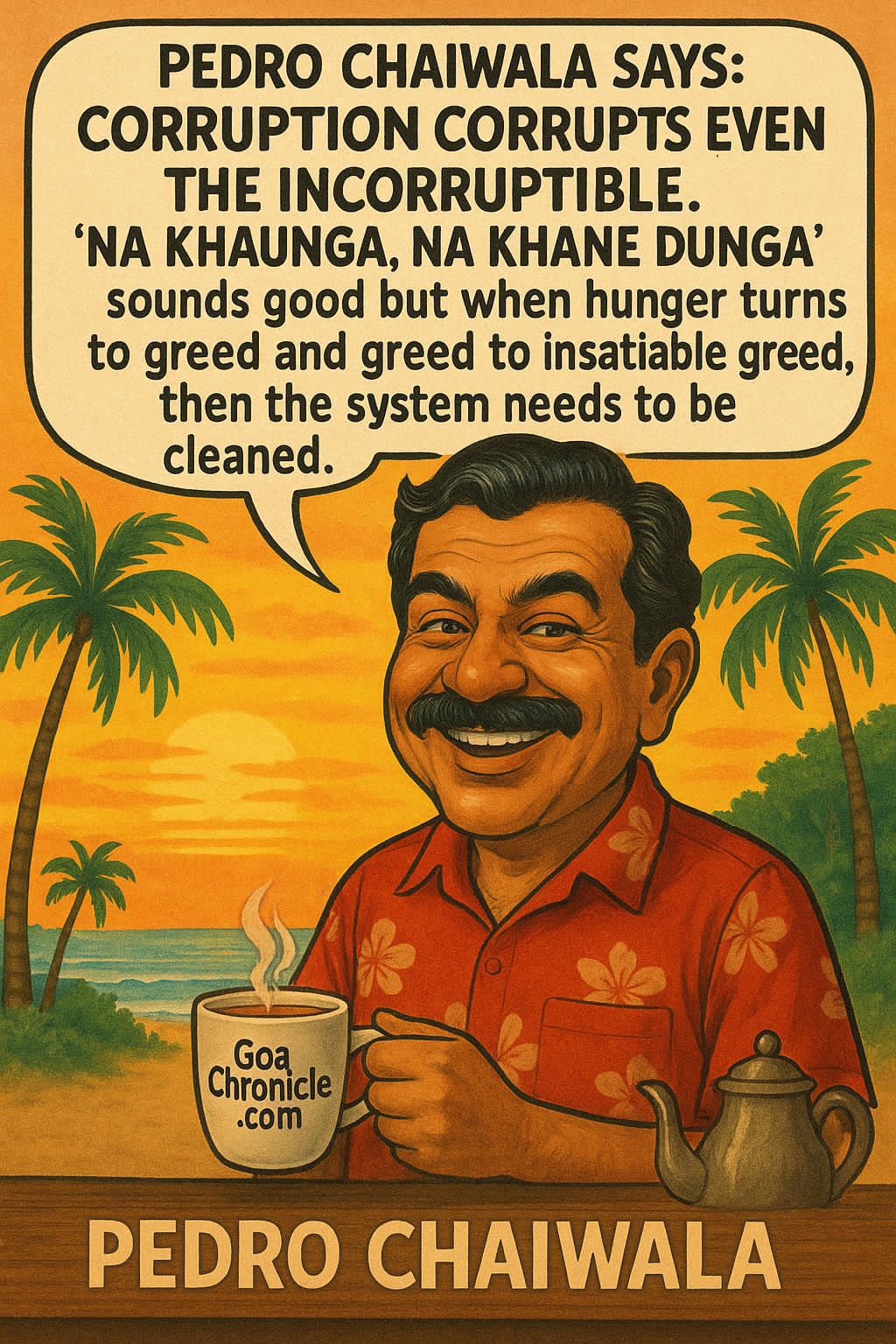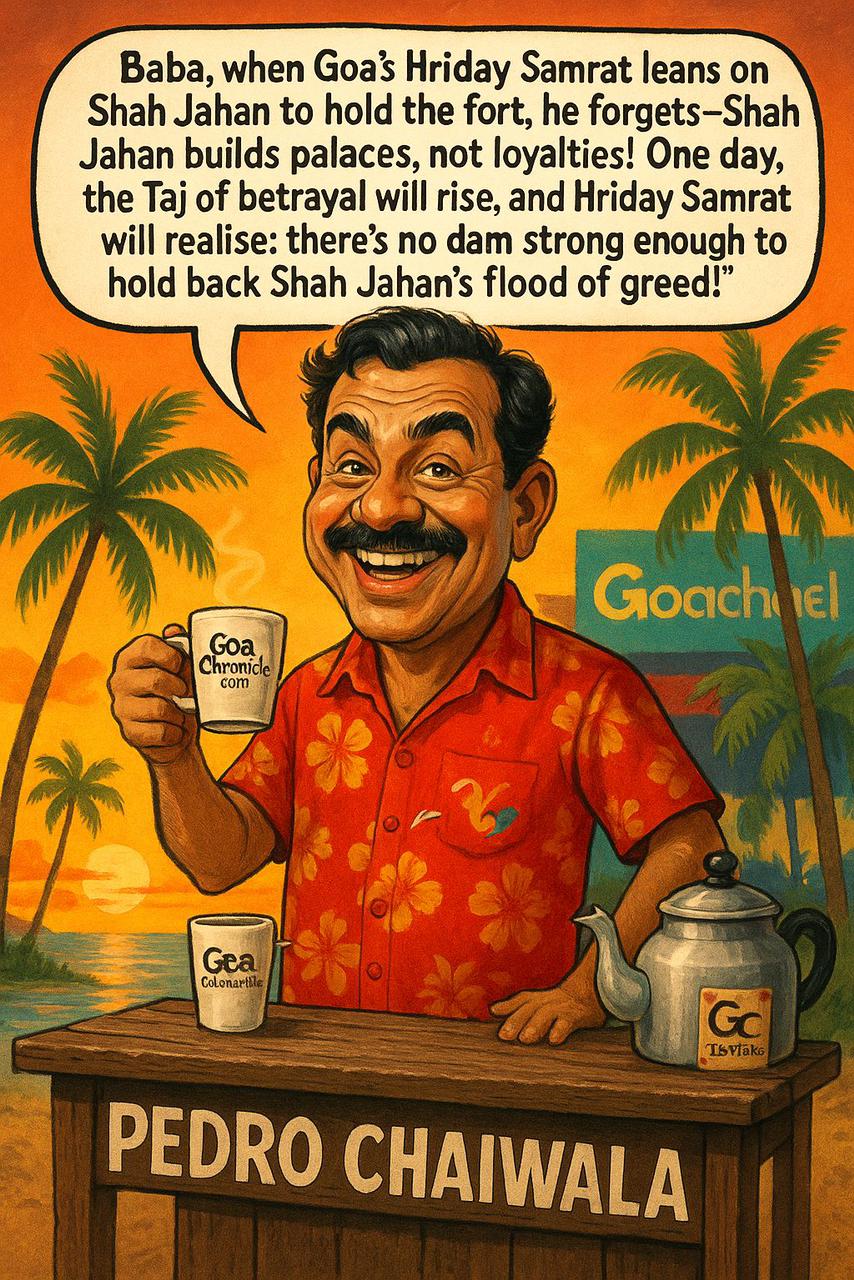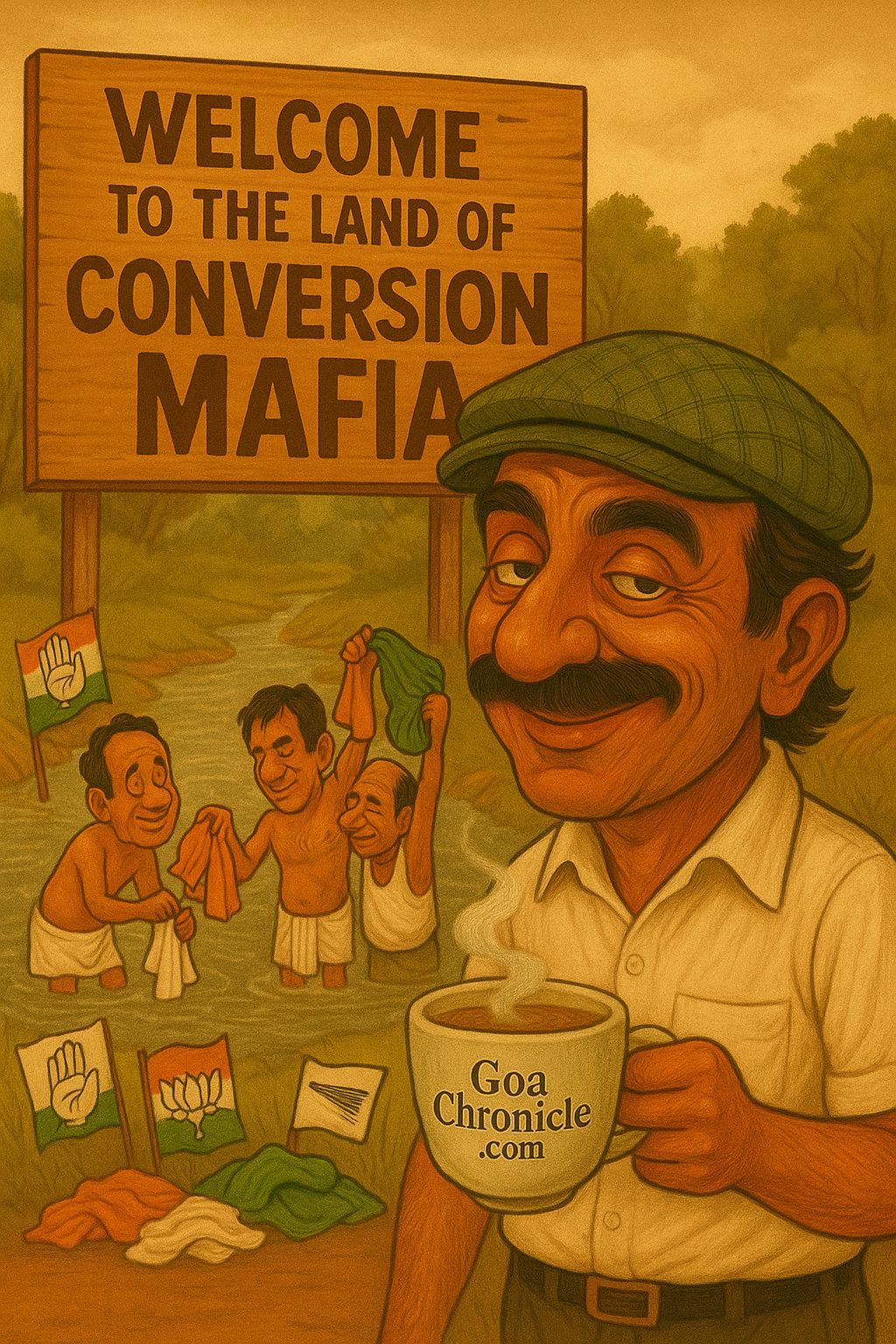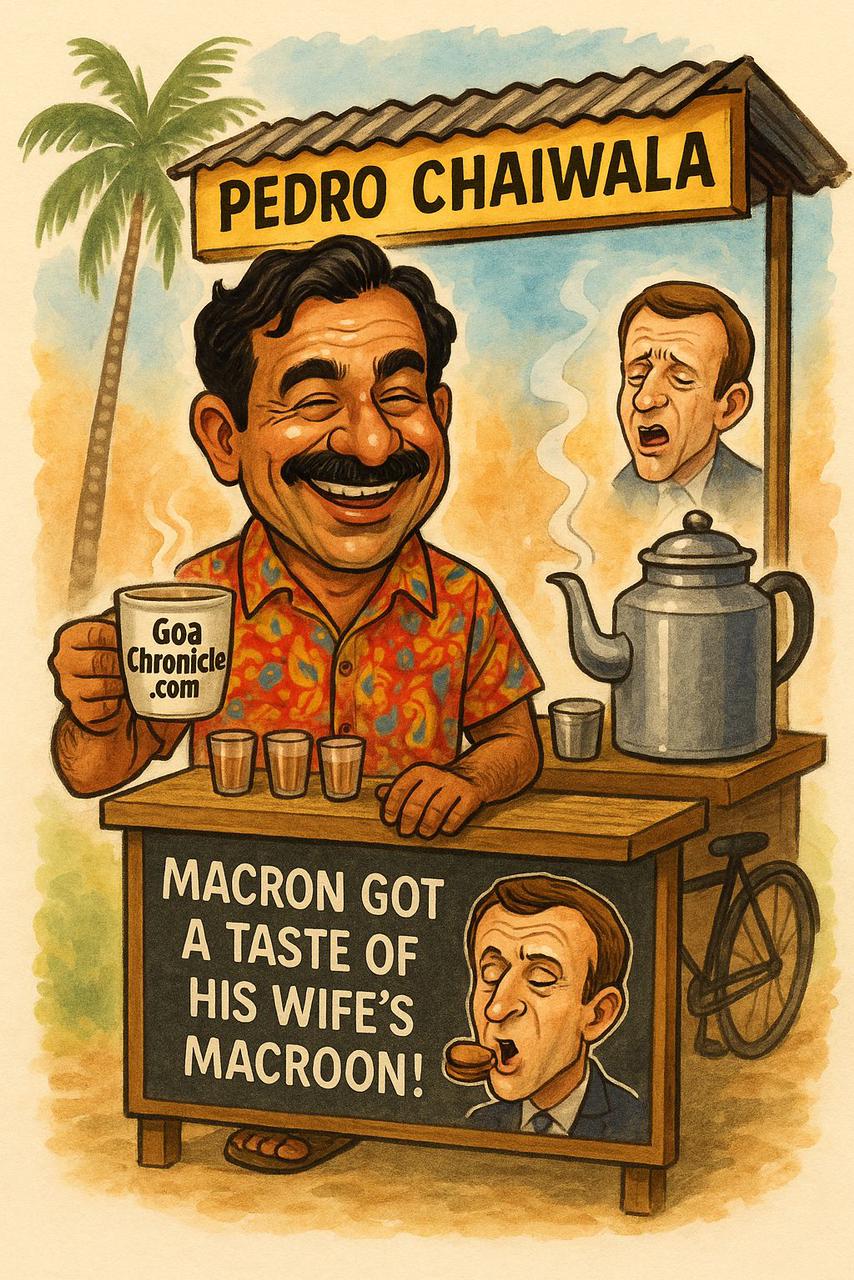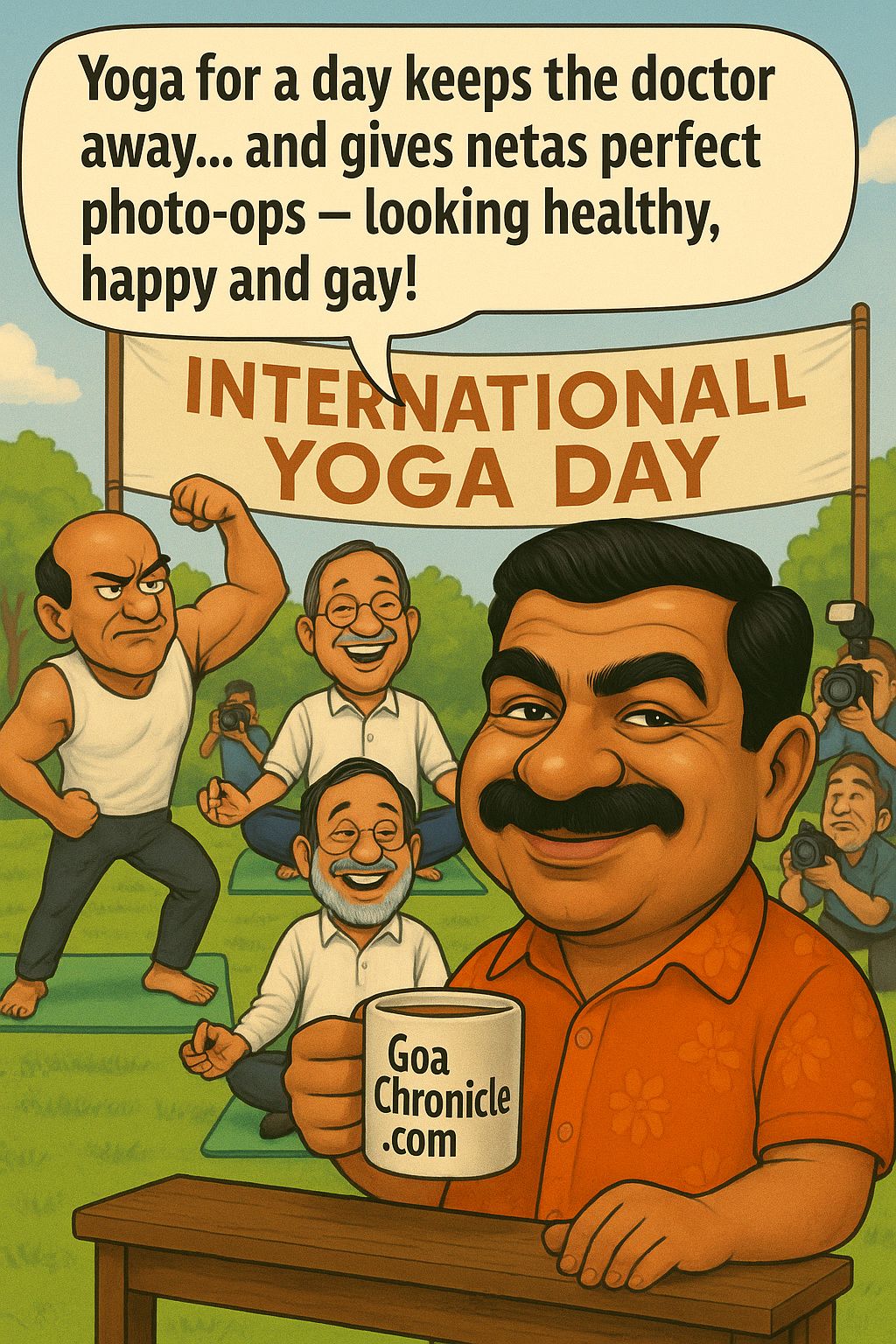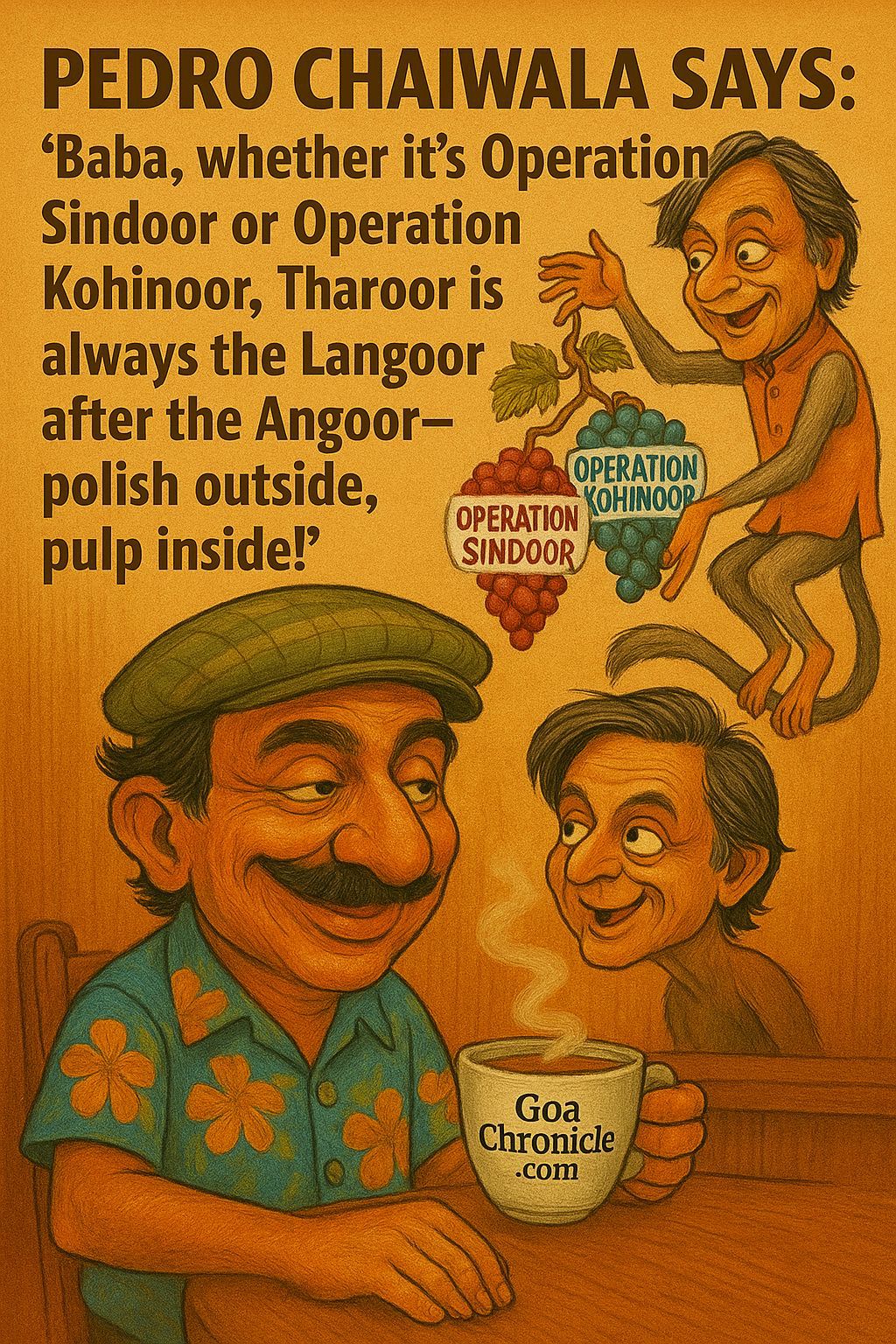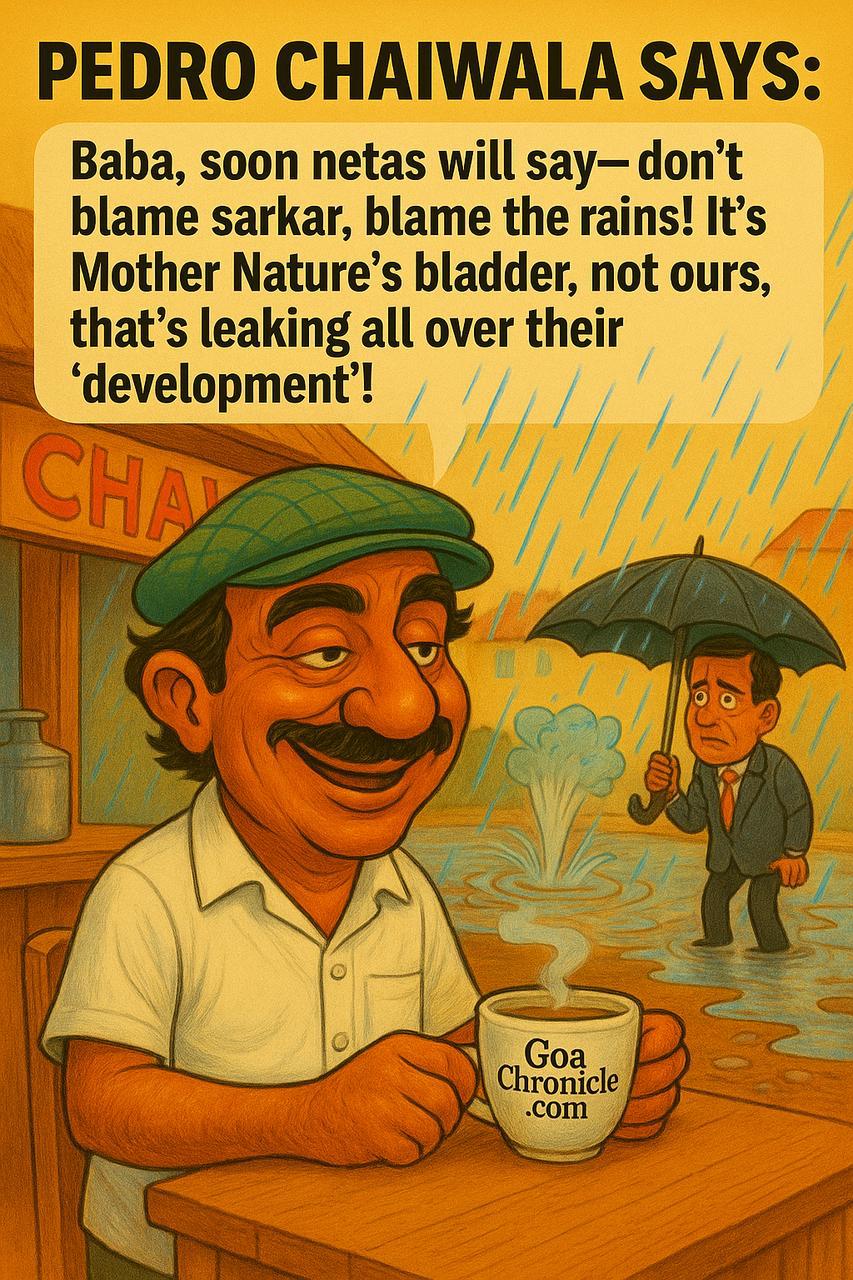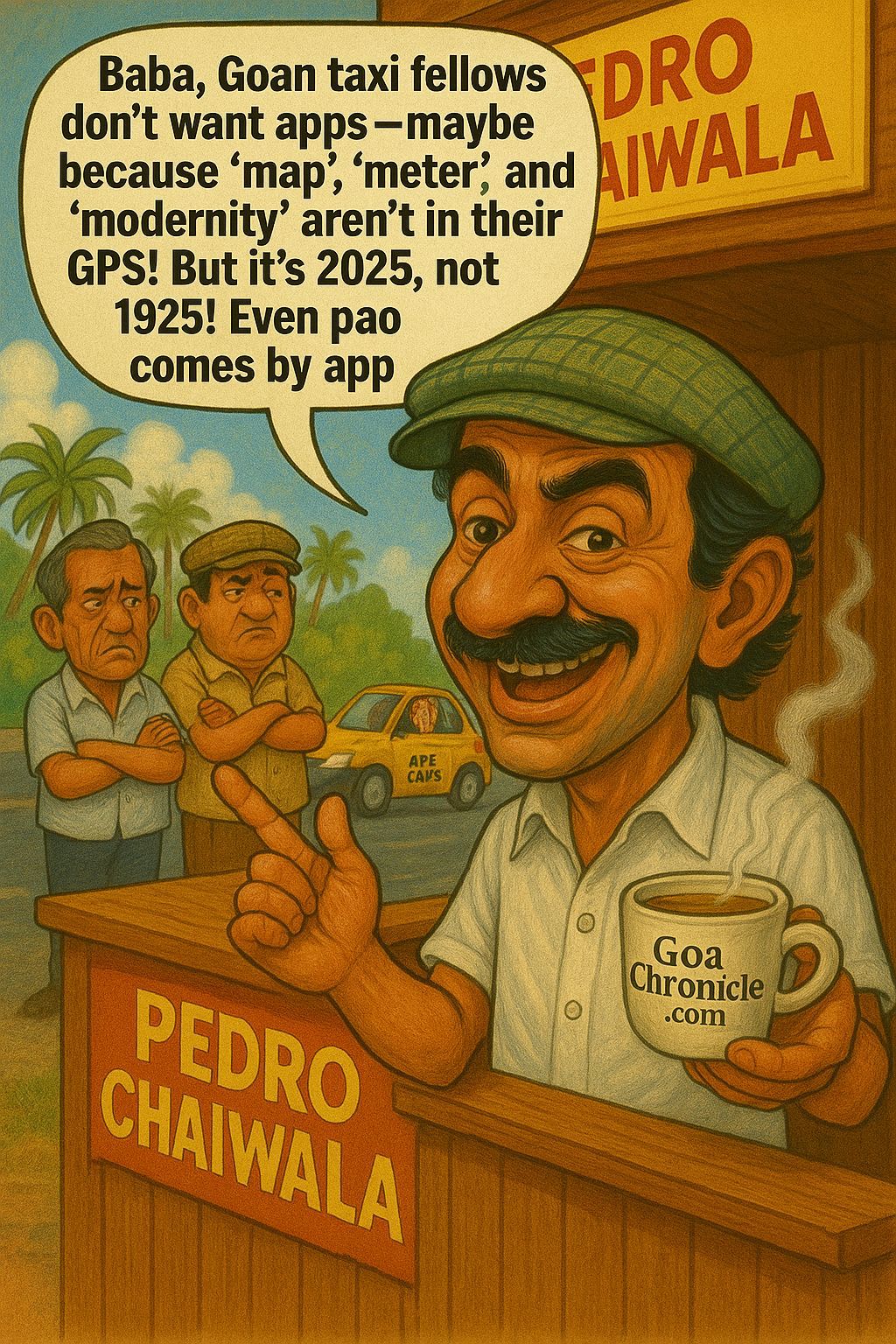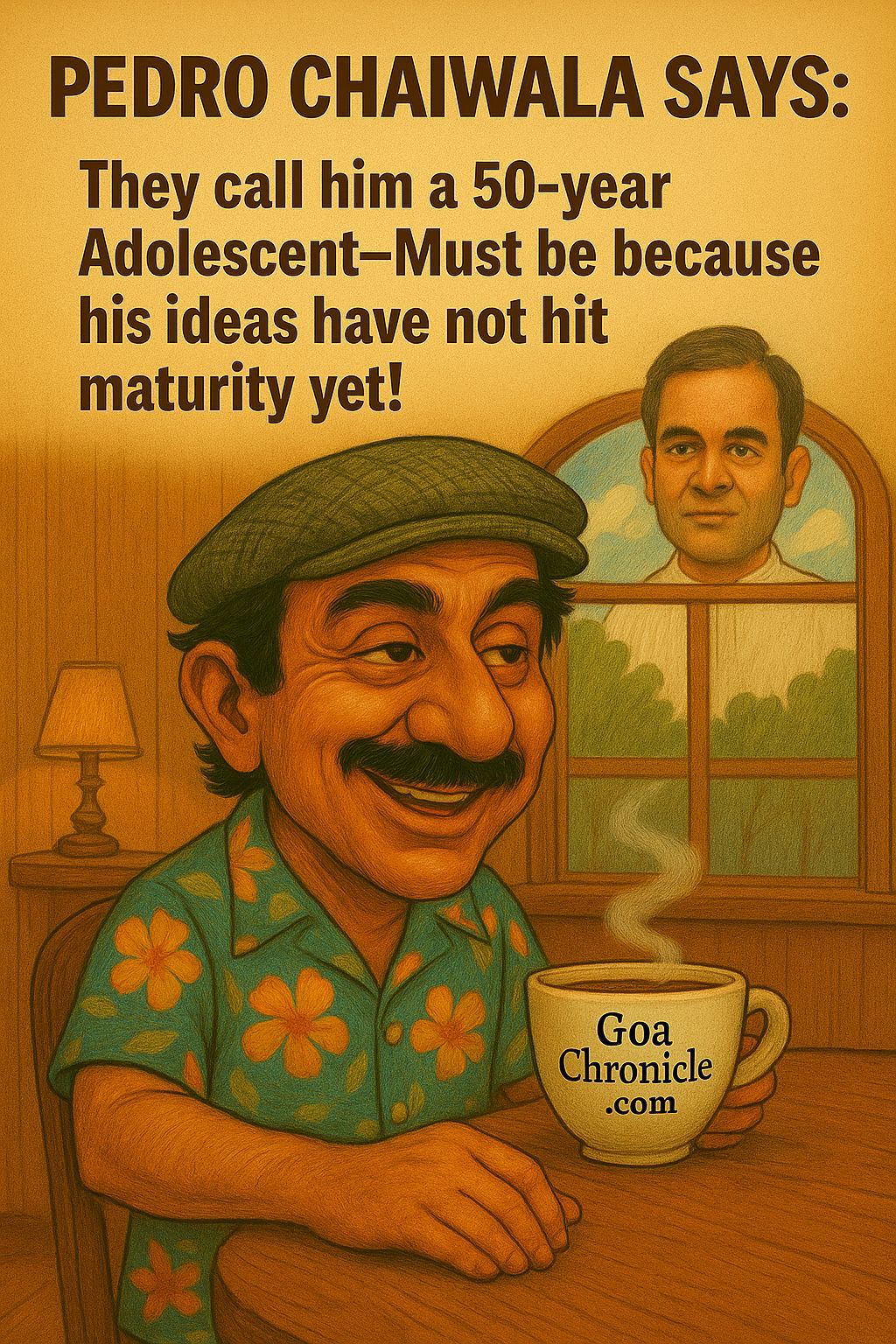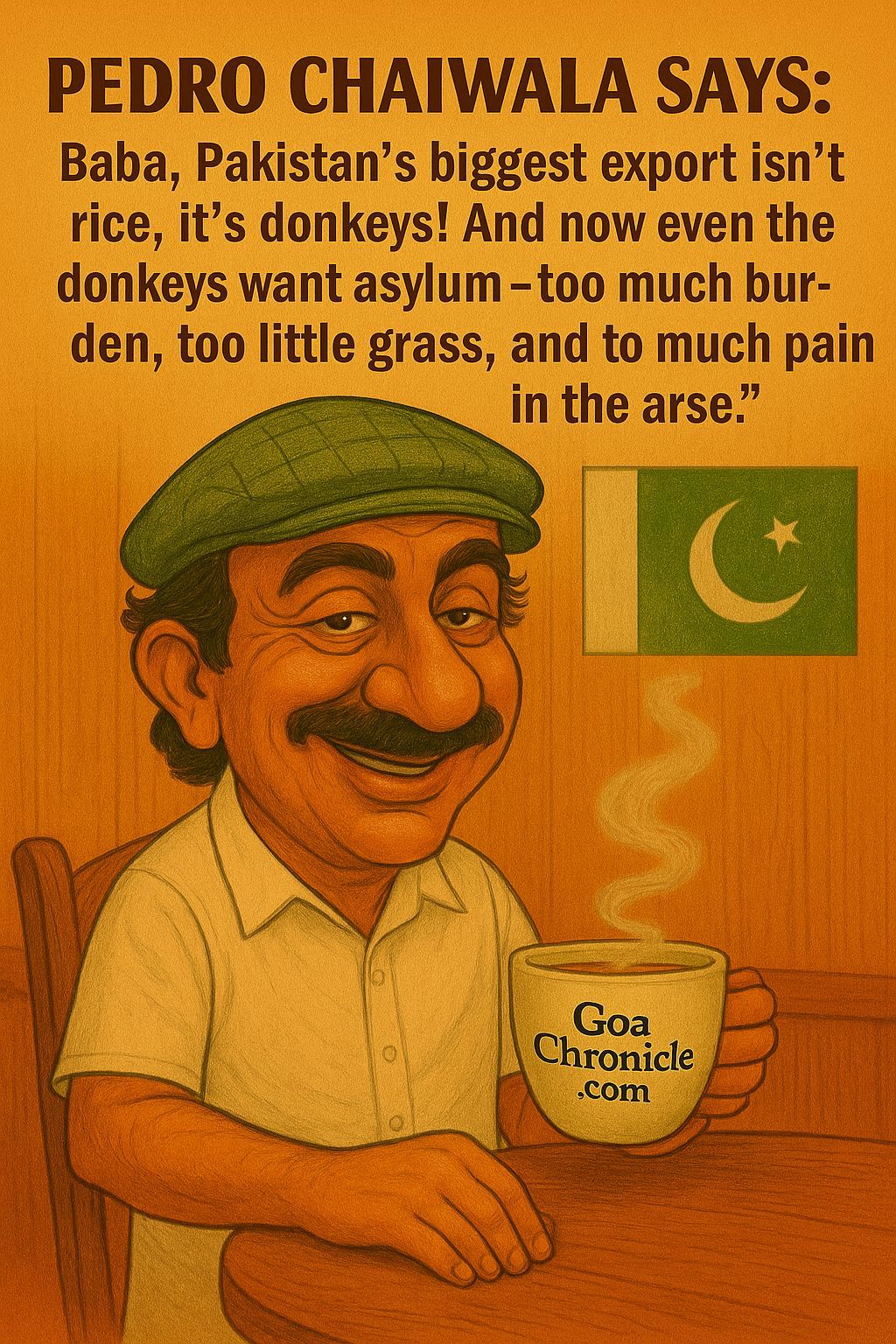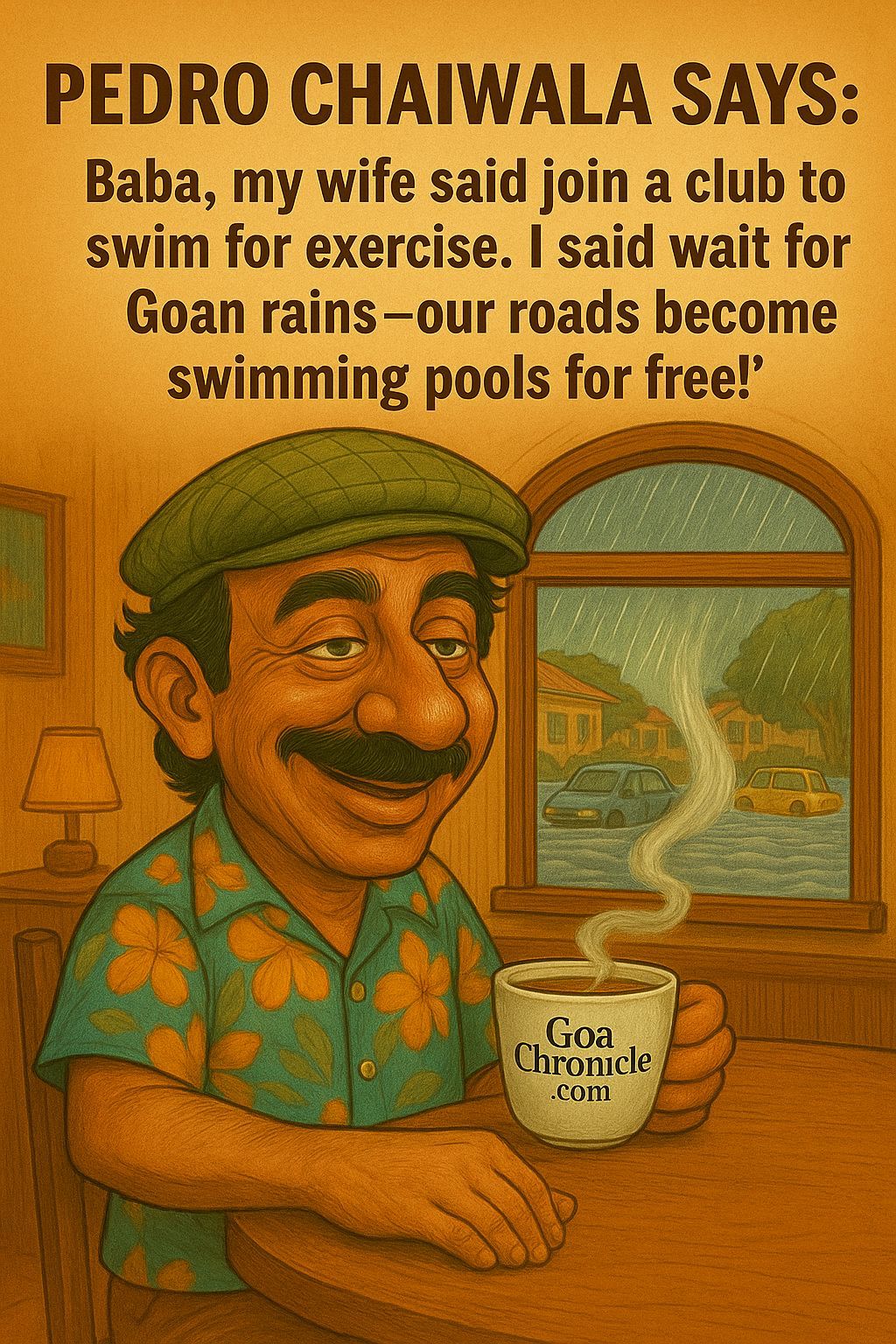It began with a single remark. Peter Navarro, once Donald Trump’s trade adviser and now a loud voice in conservative America, reached for a metaphor. He called China a “vampire.” On social media, the remark did not remain contained. Clips, quotes, and paraphrases spread like wildfire. Soon, the charge was no longer limited to Beijing. Some posts pushed the metaphor onto BRICS. India’s name got pulled in. And then, the reaction came.
The Insult
Navarro’s style has always been combative. He thrives on exaggeration. He enjoys framing trade as a war. This time, he wanted to show how the United States was being drained by foreign nations. The image was bloody, parasitic, medieval. Calling countries “vampires” made headlines. It stirred anger in Beijing. But in India, it did something else. It triggered defiance.
For Indians across platforms, this was not a slip of the tongue. It was a continuation of what Navarro had been saying for months. He had called India the “Maharaja of tariffs.” He had mocked its trade policies. He had even spoken in crude terms about Brahmins “profiteering” from Russian oil. Each time, Indians had pushed back. But the “vampire” image hit a nerve. It suggested dependence. It suggested weakness. And New India was not going to accept that.
The Eruption Online
Within hours, social media was on fire. Hashtags like #IndiaNotAVampire, #RespectIndia, and #NewIndiaRises trended. Politicians across party lines condemned the insult. Journalists debated whether Navarro represented Trump’s thinking or was freelancing. But ordinary Indians didn’t wait for analysis. They responded with memes, posts, and short videos.
One meme showed the Indian tricolour as a rising sun burning away a vampire’s shadow. Another used Bollywood dialogue: “Tum vampire ho, hum suraj hain”….you may be a vampire, but we are the sun.
Students wrote threads on how India’s IT exports fuel growth, not dependency. Veterans reminded the world of India’s growing defence exports – from BrahMos missiles to artillery. Economists pointed to growth rates that outpaced every major economy.
The reaction was emotional, but it was also factual. It was anger, mixed with pride. And it showed how India’s digital public square had matured.
The New India’s Voice
This was not the India of the 1990s. Back then, criticism from Washington could shake New Delhi. Editorials would urge caution. Leaders would remain defensive. Today, the tone is different. India has crossed three trillion dollars in GDP. It is leading in digital payments. It is pushing semiconductor deals. It has the confidence of the Global South.
So when Navarro used the “vampire” metaphor, Indians didn’t plead innocence. They went on the offensive. Commentators reminded Americans that it was India’s generic medicines that kept U.S. healthcare affordable. They noted that American tech giants thrive on India’s engineers. They reminded Navarro that the U.S. courted India to counterbalance China.
“Vampires don’t host your CEOs in Bengaluru,” one viral post said.
“Vampires don’t launch your satellites from Sriharikota.”
This wasn’t just anger. It was assertion. It was the New India speaking in a global voice.
Beyond the Metaphor
Diplomats in Delhi quietly brushed off Navarro’s outburst. But they noticed the resonance at home. The government didn’t need to issue a formal protest. The people had spoken. The offensive was digital, but it was also cultural.
Writers penned essays on how Western commentators still carried colonial biases. Artists drew cartoons showing India as a lion chasing away bats. Stand-up comedians used Navarro’s lines in skits. The pushback was not scripted. It was organic. And it proved a point: Indians now see themselves as global equals. An insult no longer creates doubt. It creates resistance.
Navarro’s History with India
This was not the first time Navarro had taken aim at India. During Trump’s presidency, he railed against India’s tariffs. He believed New Delhi was not opening its markets fast enough. He disliked India’s oil purchases from Russia. And he mocked its caste dynamics while talking about trade. Each of these lines stung. But over time, Indians began to see a pattern. Navarro’s target was not really India. It was America’s own domestic politics. By painting others as villains, he justified protectionism at home. But once his words crossed a line, Indians stopped playing defence.
Pushback in Policy Circles
The backlash wasn’t only on Twitter. In think tanks and policy journals, Indian scholars dissected Navarro’s language. They wrote that calling India a “vampire” ignored the billions invested by Indian companies in the U.S. They pointed out that Tata, Infosys, and Wipro create jobs in Texas, Ohio, and California. They reminded audiences that India had just signed defence deals worth billions with American firms.
“Vampires don’t buy your aircraft,” one analyst quipped.
Even opposition leaders, often critical of the government, found common cause. They declared that insults to India’s dignity would not be tolerated. This bipartisan defence of national pride was itself a sign of the new age.
The Larger Story
Navarro’s words revealed more than just a temper. They showed how old frameworks of seeing India still survive in parts of the West. For decades, India was seen as a protectionist market, a reluctant partner, a slow reformer. But today, India is different. It is exporting defence technology. It is hosting G20 summits. It is shaping climate negotiations. It is the first responder in humanitarian crises. To call such a nation a “vampire” is to ignore reality. And that is why the backlash was so fierce.
The Symbolism
Indians did not just reject the metaphor. They inverted it. The vampire, they said, is not India. It is the dependency imposed by outdated systems. It is the prejudice of old trade warriors. India, by contrast, is the sun. Bright, rising, unstoppable. A nation that provides light, not one that sucks blood.
This symbolism caught fire online. It gave people a positive way to respond. Not just by rejecting, but by affirming. By saying what India is, not only what it is not.
Looking Ahead
Navarro may or may not remain influential. But his remarks will not be forgotten quickly. They have added to a catalogue of insults that Indians remember, from Hillary Clinton’s old “basket case” jibe to more recent sneers about democracy. Each time, India has responded with growth, with diplomacy, with innovation. This time was no different. The backlash was a reminder that India’s global identity is now co-created by its citizens. And that insults can backfire.
For many young Indians, Navarro’s outburst was almost a gift. It gave them a chance to express pride. It gave them a reason to stand together. It reminded them that the world still underestimates them. And it proved once again that India is no longer passive. It is active, vocal, assertive.
Conclusion
The “vampire” remark will be remembered less for what Navarro said and more for how India responded. It was a digital storm. It was a cultural pushback. It was a diplomatic shrug combined with a people’s roar. And it showed the world a simple truth: The New India does not beg for respect. It demands it. It earns it. It enforces it. Navarro wanted to paint others as parasites. Instead, he revealed how strong the host had become. A vampire cannot drain a rising power. And India today is not a victim in someone else’s story. It is the author of its own.






